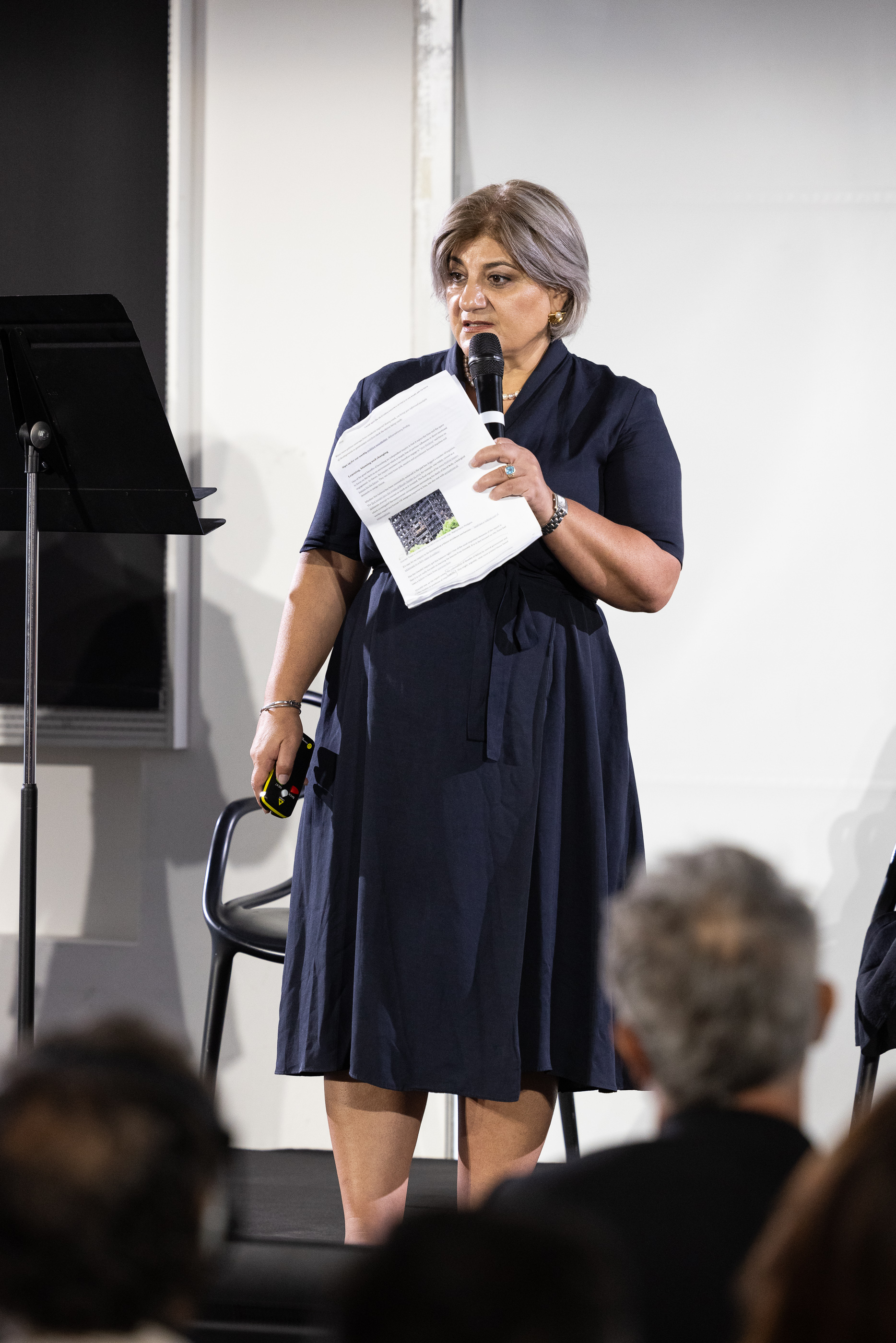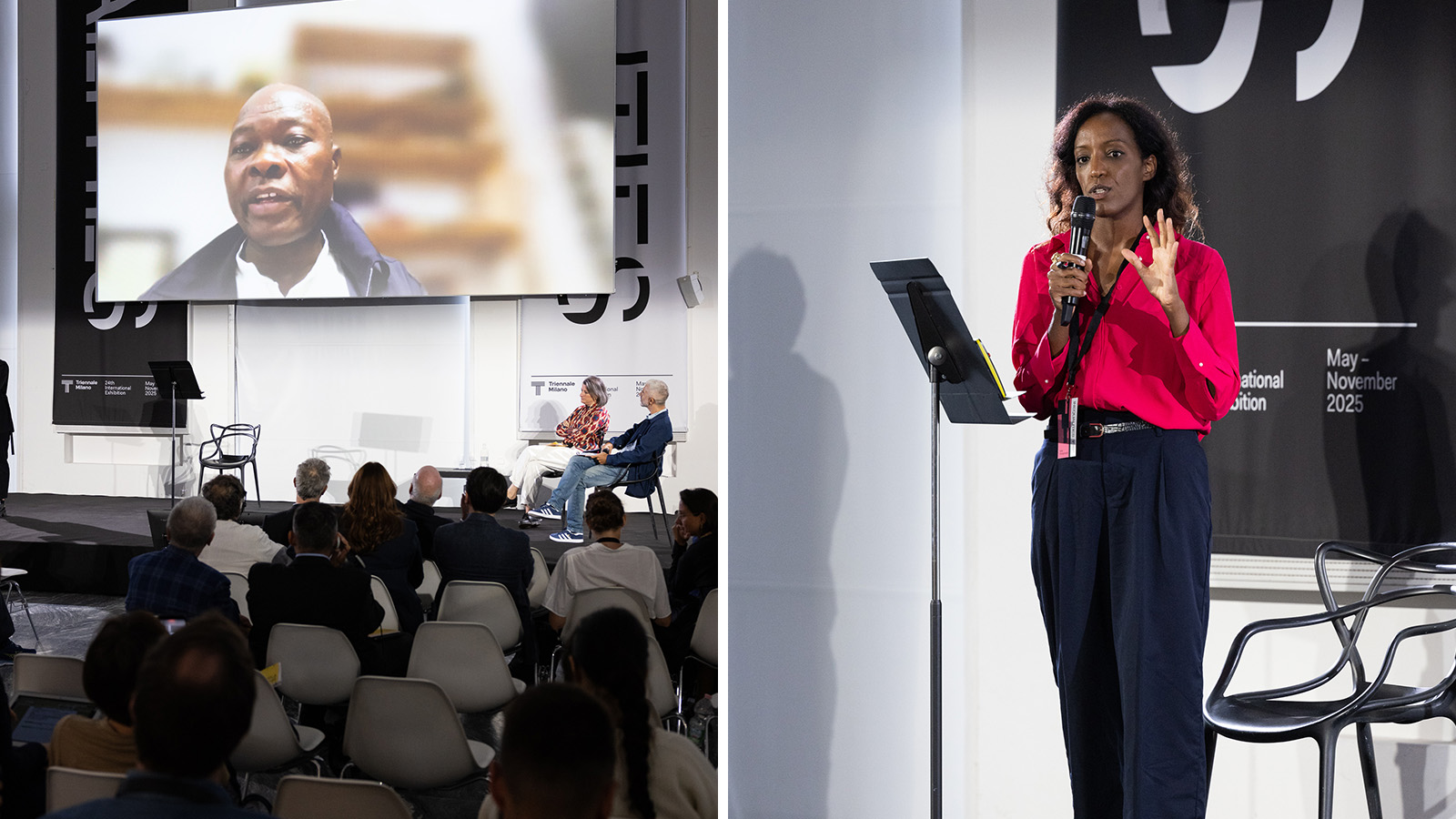
Biennials and triennials often claim to be interdisciplinary, to have art at their core but through it explore wider social, political, ecological or scientific issues. It is often skin deep, but at the Triennale Milano it’s always been rooted in the purpose of the institution, a design museum at its core, but taking the notion of design widely across all disciplines, beyond objects, machines and chairs – though Triennale Milano's vast archive holds incredible examples of all these.
Every three years the institution hosts an International Exhibition, taking over the whole building with a genuine interdisciplinary approach to tackle a timely subject. The upcoming theme for 2025 is Inequalities, which Triennale President, architect Stefano Boeri, states is a subject critical to every single crisis and challenge humanity faces right now.
‘Inequalities’ symposium at the Triennale Milano
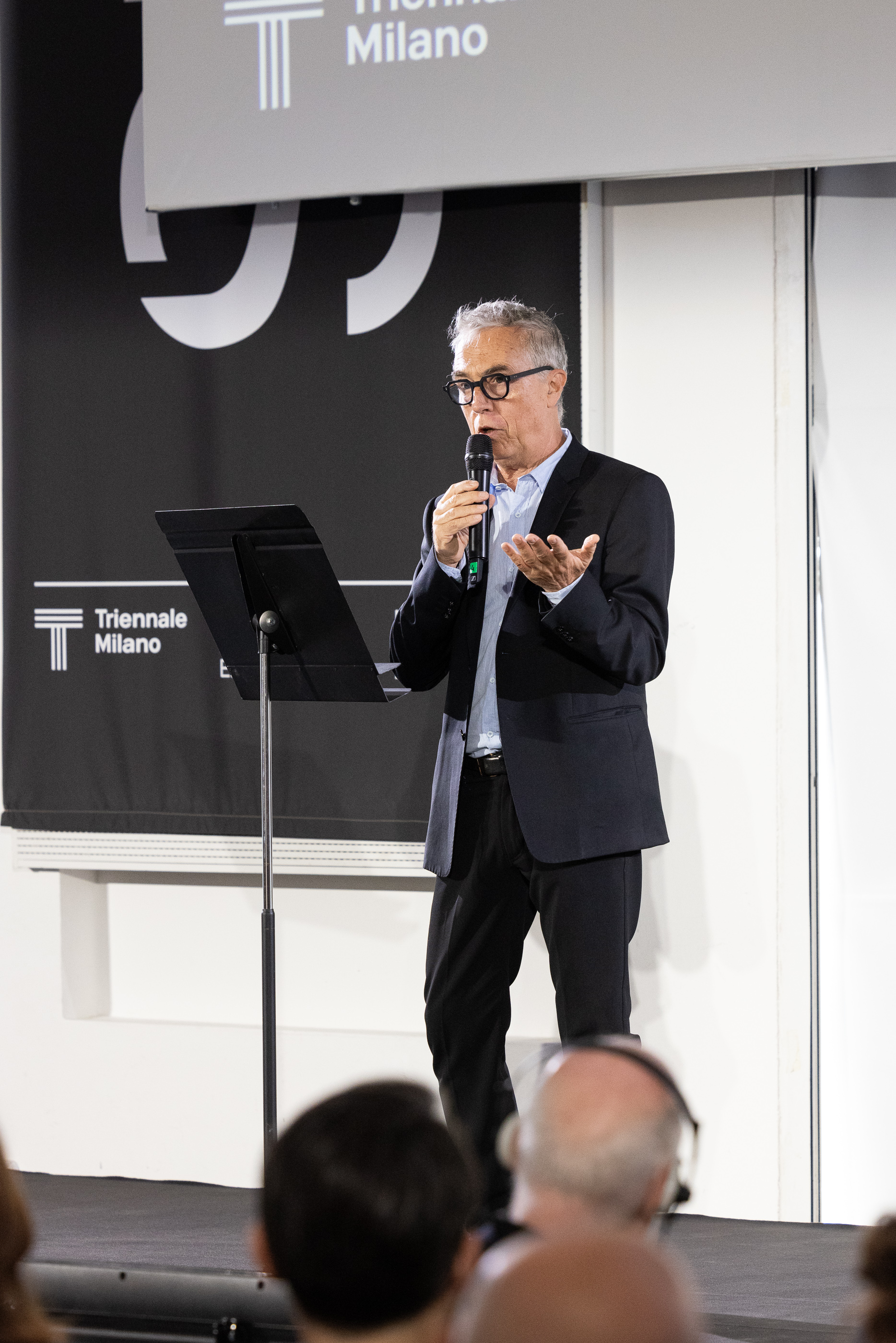
Boeri was introducing a day-long forum to introduce some of the ideas that will weave throughout next year’s International Exhibition – and with thirty speakers across two thematic sessions, there is much for exhibition coordinator Laura Maeran to weave. Topics covered culture, religion, health, biodiversity, bacteria, space, housing, migration, AI and much more. Across these, the scales at which inequality will be tackled varies, Boeri said, “from a geopolitical standpoint to bio-politics, investigating behaviours at different scales, from microscopic bacteria to planetary.”
Sometimes, however, these scales intermix. 'The building is an expansion of your gut' said Mark Wigley and Beatriz Colomina in their co-presentation, Forms follow bacteria which drew connections from microbiology to urban planning and architecture. It wasn’t bacteria, however, but a virus that most exacerbated inequalities over recent years. Covid impacted the poorest most, while governmental responses favoured the wealthier countries of the global north with a post-colonial and economic disparity which entered numerous presentations.
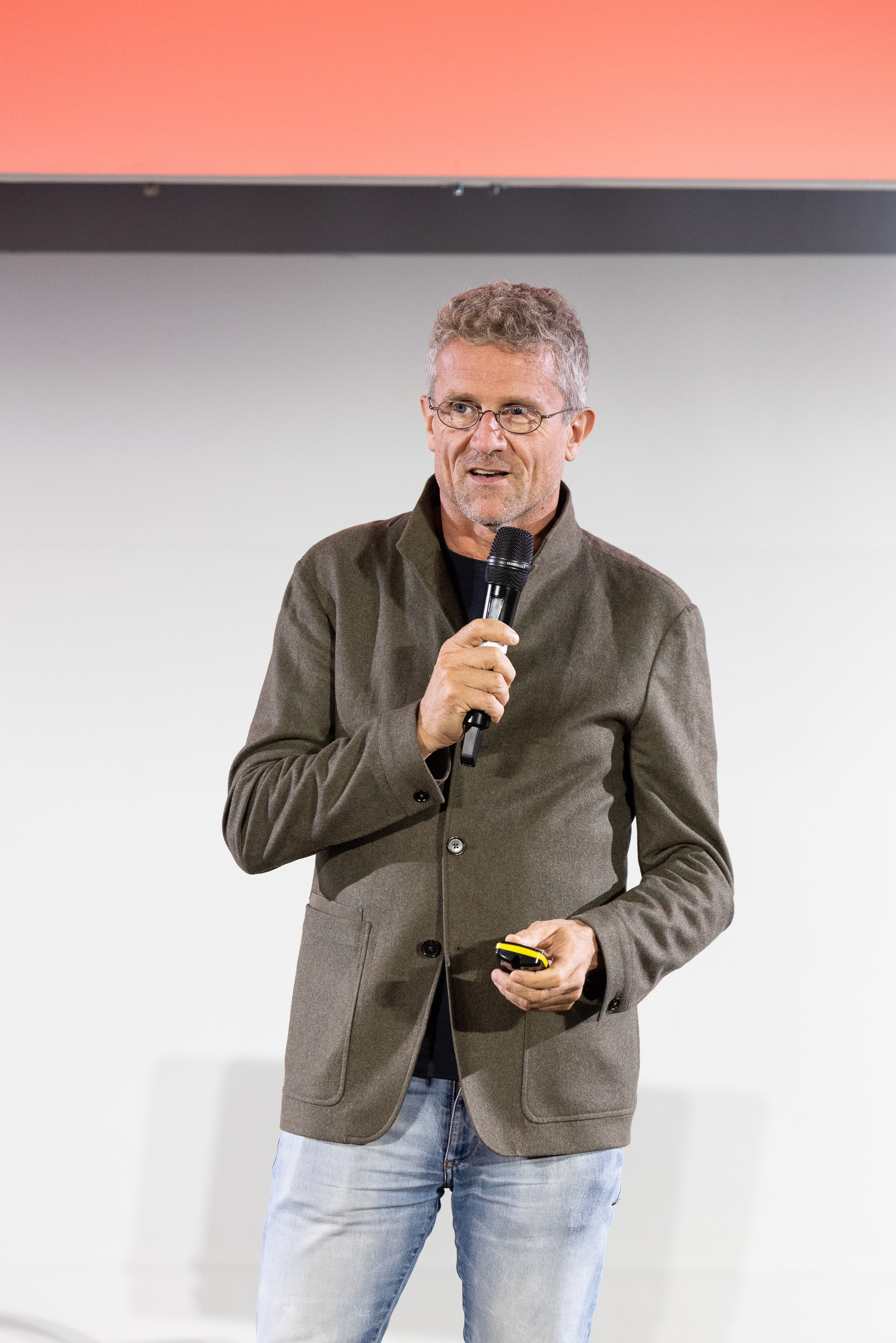
For Carlo Ratti, scholar and curator of next year’s Venice Biennale of Architecture, the pandemic offered opportunity to investigate community connections with data mapping, towards helping “mend invisible fault lines.” Ratti’s research suggests that when access to shared physical space is limited or removed, as Covid forced, people lose casual acquaintances and loose connections, important elements of community and collective relationships which help diversity and remove segregation.
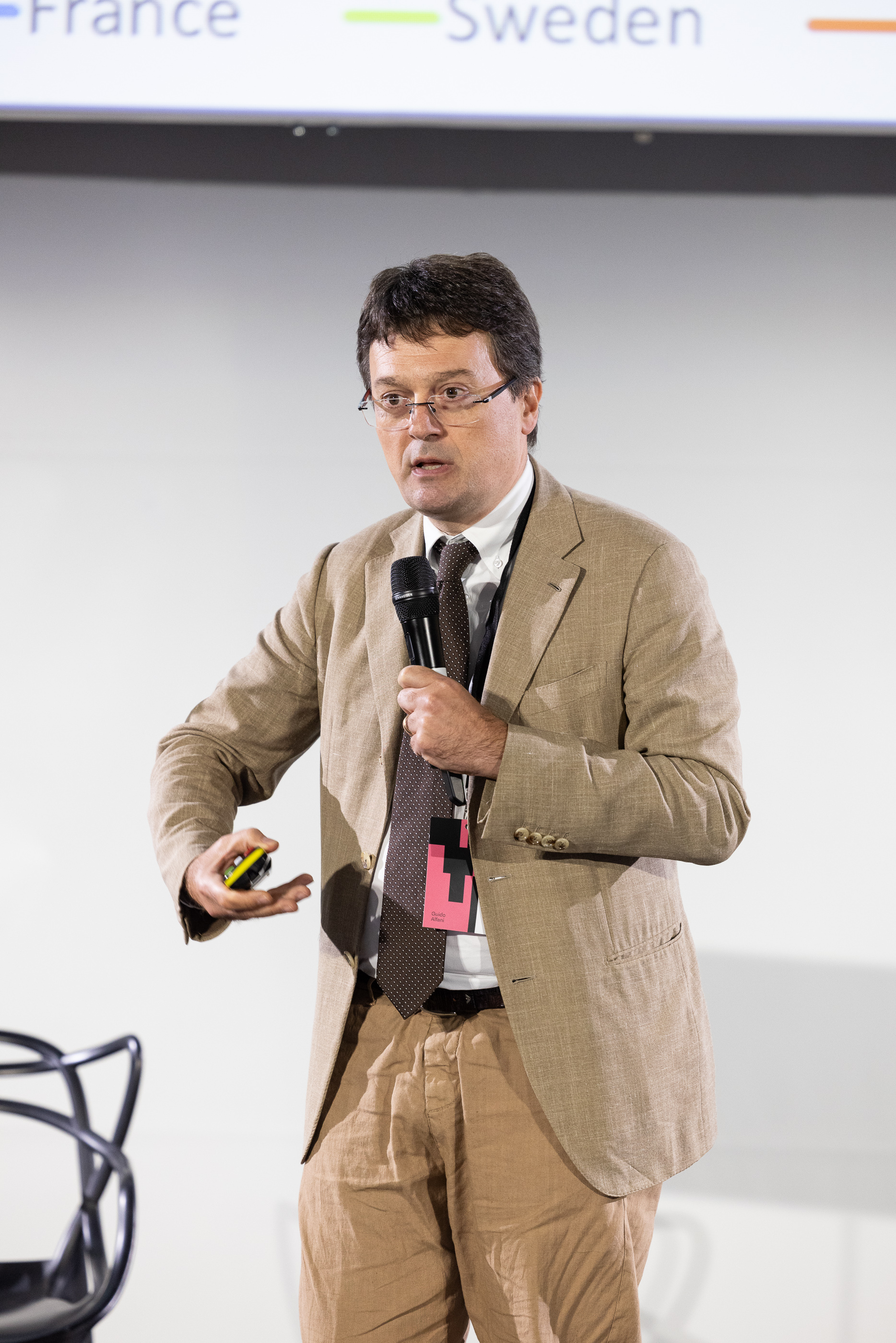
This oblique perspective into inequality through broad subjects continued: Seble Woldeghiorghis discussed Black History Months in Italian cities, working with second generation communities; Sandro Balducci, a professor at DAStU Politecnico di Milano, discussed how the host city was embedded with inequality, calling for social needs to be prioritised in new developments; Guido Alfani of the Università Bocconi evidenced how the world’s richest 1% have not been impacted by governmental fiscal policies following the 2007 crash as had been the case after 1929 and World War II.
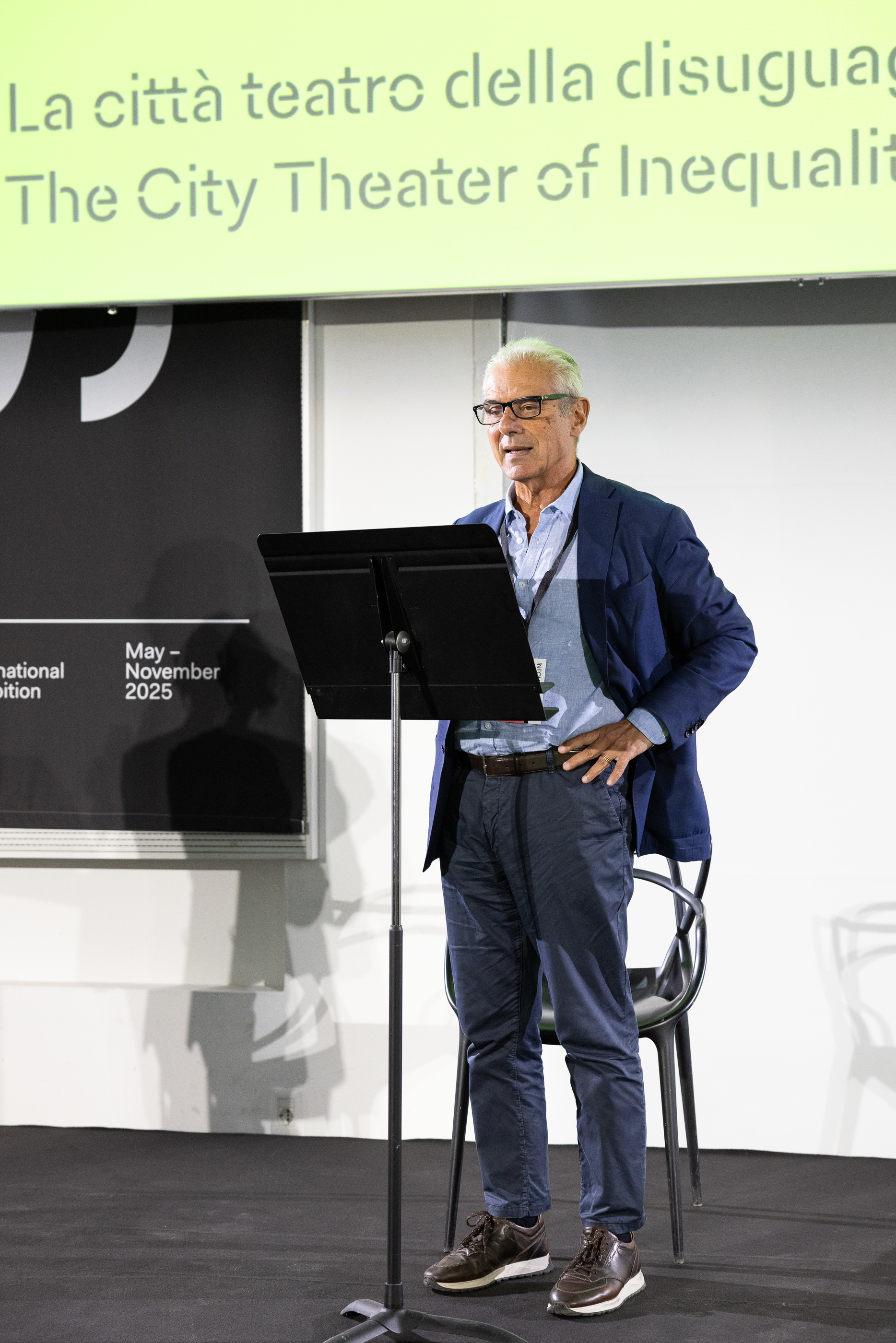
Social anthropologist Tim Ingold kicked off the afternoon session with a plea for a “new humanism”. In an impassioned call to reconsider our place in ecological systems – “humans are not above everything else, but in the middle of everything else” – Ingold hoped for a democracy that might support the fundamental qualities of “togetherness and difference”, themes also picked up by Theaster Gates in presenting three of his artworks celebrating and focusing on unseen communities.
Burkinabé architect Francis Kéré, a prominent contributor to the previous International Exhibition spoke of his project building a primary school in his home village of Gando, and how through it he creates access and opportunity. Another cultural participant, curator Hans Ulrich Obrist, asked “Can we again start to understand and listen through collective story telling?” as he presented the Serpentine Gallery’s Radio Ballads project shares stories and songs across communities.
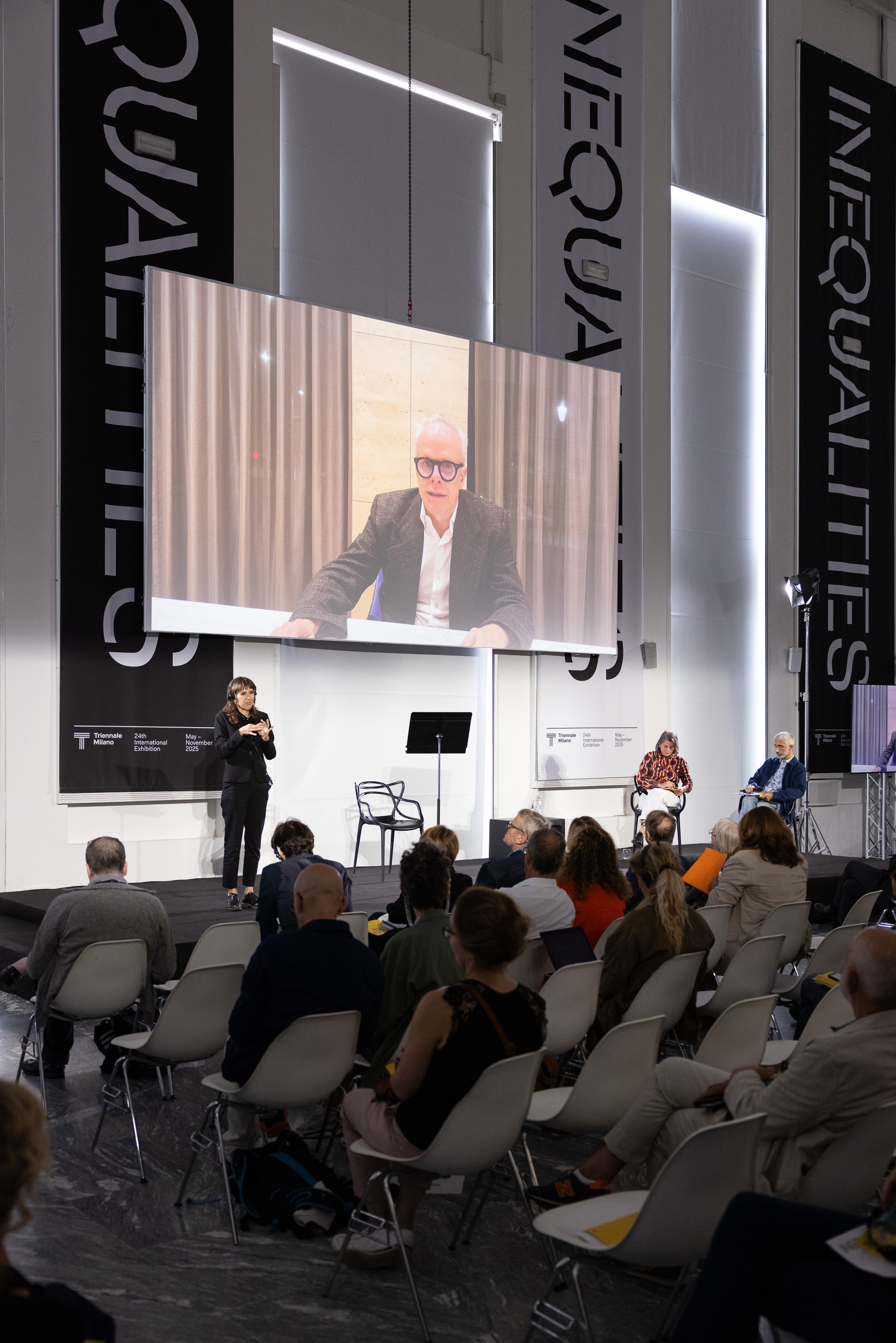
As with the previous International Exhibition, this forum feeds into the curation and framing of the 2025 exhibitions, even though the programme was comprised primarily not of cultural practitioners, but experts from a variety of fields. These experts were not always from academia or institutions, but often from self-made communities or histories that were not chosen. Nazanin Aghlani and Kimia Zabihyan both spoke meaningfully about the tragedy of Grenfell Tower. Aghlani is an architect and her mother died in the fire, while Zabihyan is a filmmaker who has become an advocate for the Grenfell Next of Kin organisation.
In Milan, shortly after the British Government published their seven-year inquiry spreading blame widely but ignoring issues of structural racism and ableism with regards to housing, Aghlani and Zabihyan were direct: “Everything that has happened has been a result of people demanding it, people from the most marginalised places.” They were also charged to keep fighting outside of their immediate community, with the group having travelled to Valencia and Milan to support communities affected by similar cladding-related fires.
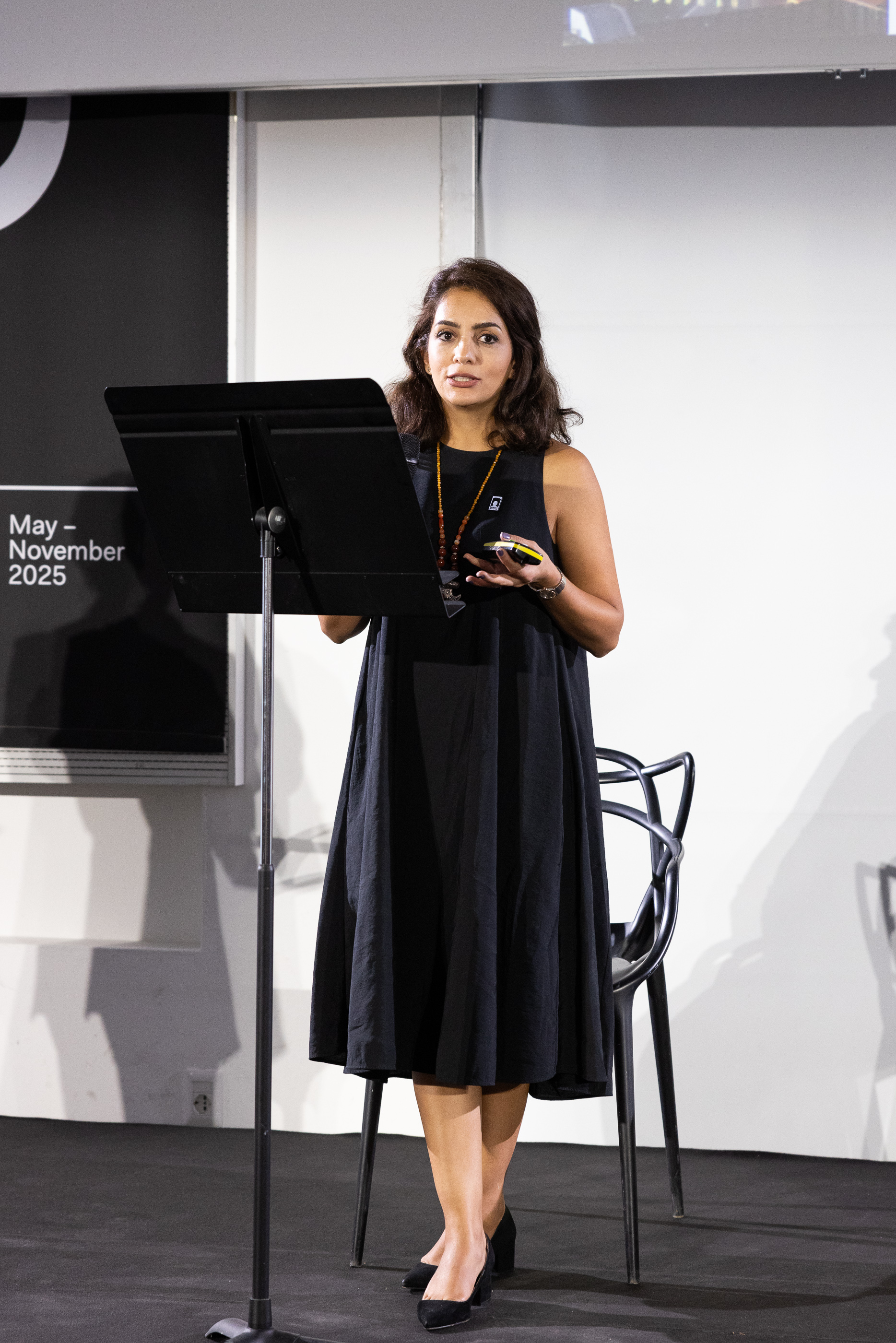
If the Triennale Milano can keep the political charge and dedication to connecting beyond the local, as evidenced especially by Aghlani and Zabihyan but also by all speakers across all disciplines, then the exhibition will not only be rich in content, but also in power. It is no easy task to use the format of an exhibition to meaningfully explore social, political, ecological and scientific issues, but if any institution can carry off such a feat it is here, where Interdisciplinarity is rooted in its history and purpose – and I am looking forward to seeing how Boeri, Maeran and their team will pull all these issues together into a coherent, and important, analysis.
